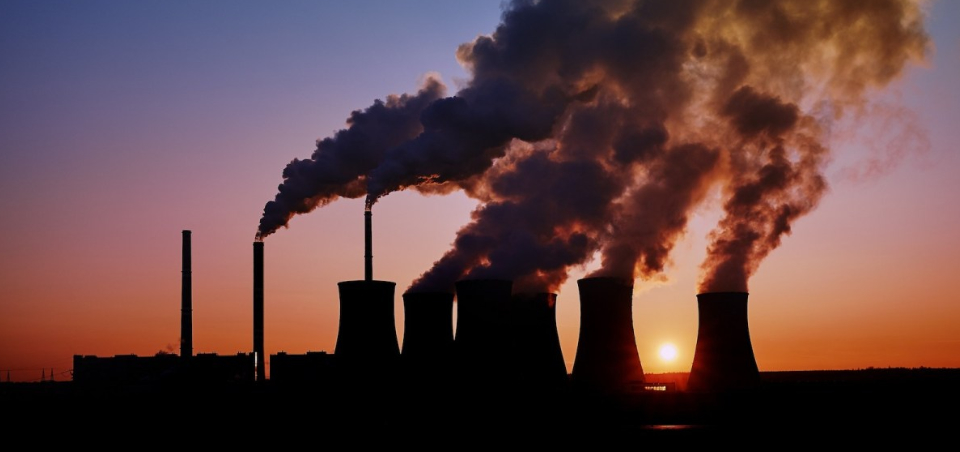The case for women running shift to renewables
Date:

In Southeast Asia, those with the knowledge, skills, capability and ambition to effect change in their communities are often women.
There is a harsh truth that Southeast Asia must face. While the region remains one of the most vulnerable in the world to climate change, member states of the Association of Southeast Asian Nations are a long way behind on meeting their climate commitments.
Of course, ASEAN countries are not alone in this. According to UN Environment Program figures, the world is on track for a 3.2-degree global temperature increase by 2100, a far cry from the 2-degree target and 1.5-degree ambition set by the international community in Paris in 2015.
This is a planetary issue and not only Southeast Asia’s burden to bear. But the region has a unique set of circumstances that must be addressed.
Foremost is the fact that Southeast Asia is one of the only regions where coal use is steadily increasing, closely following big users like China and India. Further, nearly half of the region’s energy supply comes from fossil fuels.
This “coal addiction,” as United Nations Secretary General Antonio Guterres called it at the 35th ASEAN Summit, is worrying. Every new coal plant locks ASEAN countries into carbon emissions that our children and grandchildren will suffer from. Rural women and girls, in particular, stand to lose the most from these choices. But at the recently concluded COP25, only a single ASEAN country – Laos – joined the NDC (Nationally Determined Contributions) Alliance to commit to further emissions reductions in 2020.
Coal and other fossil fuels are not thriving because of some natural free-market advantage. Instead, they are artificially allowed to propagate thanks to continued government subsidies – an energy source in decline but for the crutch of taxpayers’ money.
Globally, subsidies to fossil fuels stand at around US$400 billion each year. In Southeast Asia, they amounted to almost $35 billion in 2018. While coal power is likely to remain profitable into 2040, renewables are likely to be even more profitable. Southeast Asian countries should not be satisfied with coal when better options are available.
It is past time to kick away the crutch with a subsidy swap.
Governments should be redirecting fossil-fuel subsidies into renewables and, at least in part, into distributed renewable-energy investments managed and used by women.
Large-scale renewable energy sources are an obvious choice for climate investments. But in investing in distributed renewable energy there is an opportunity to bring reliable energy to the last-mile user in a way that large-scale sources cannot. Not only would this pull the plug on coal’s life support, it could usher in benefits for communities that would otherwise be left in the dark.
Those adept to drive this shift to renewables are those with the knowledge, skills, capability and ambition to effect change in their communities: women.
Traditional norms dictate that men are often the first choice when it comes to making decisions and accessing renewable-energy technologies, training, capital and finance. But while men maintain this primacy, it is actually women who can best capitalize on the benefits of renewables.
Frequently, women are the “household energy managers,” making decisions and maximizing utility from energy sources in the home. Women are also crucial links in Southeast Asia’s agriculture value chain, where renewable energy can provide significant benefits. It is often women who collect water for irrigation, perform daily farm labor, process agricultural products and rear livestock.
From irrigation to agro-processing machines, food storage, lighting, refrigeration and more, distributed renewables revolutionize how women use their time, labor, income and productivity. Distributed renewables can lessen the time and energy women spend on laborious tasks and give them some control over savings and new incomes. This could have a positive snowballing effect on health, safety, education and a community’s ability to bounce back from unexpected climate shocks.
Southeast Asian countries are not starting from scratch. Nearly $110 billion was invested in renewables in the Asia-Pacific region in 2018. In Southeast Asia, Vietnam is emerging as a strong frontrunner, investing nearly $5.2 billion annually in renewables.
A subsidy swap that empowers women would help to supercharge these existing investments and show Southeast Asia is serious about confronting climate change.
This article was co-written with Annette Wallgren, program management officer, gender and climate change, at the Regional Office for Asia and the Pacific, UN Environment Program.